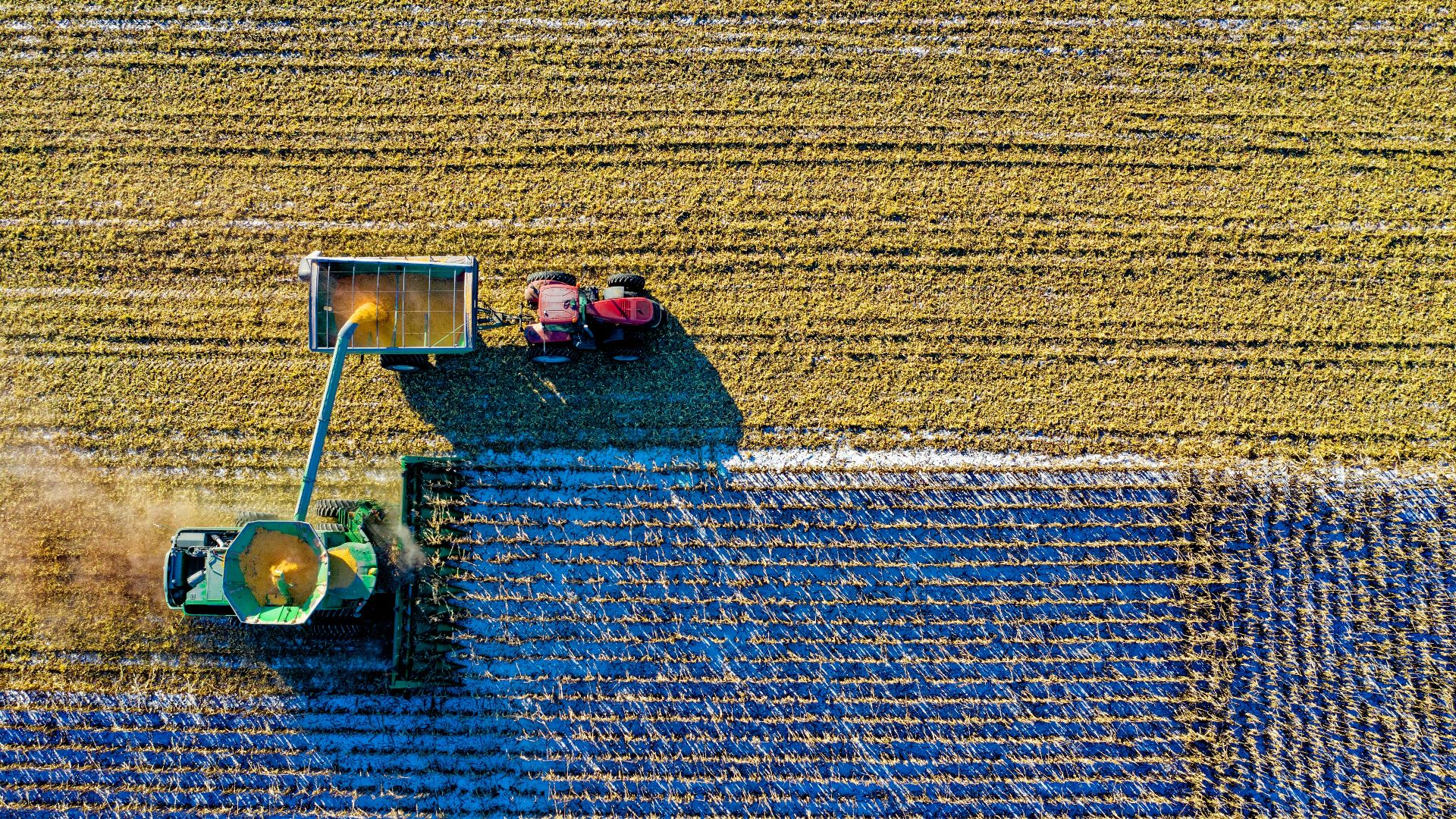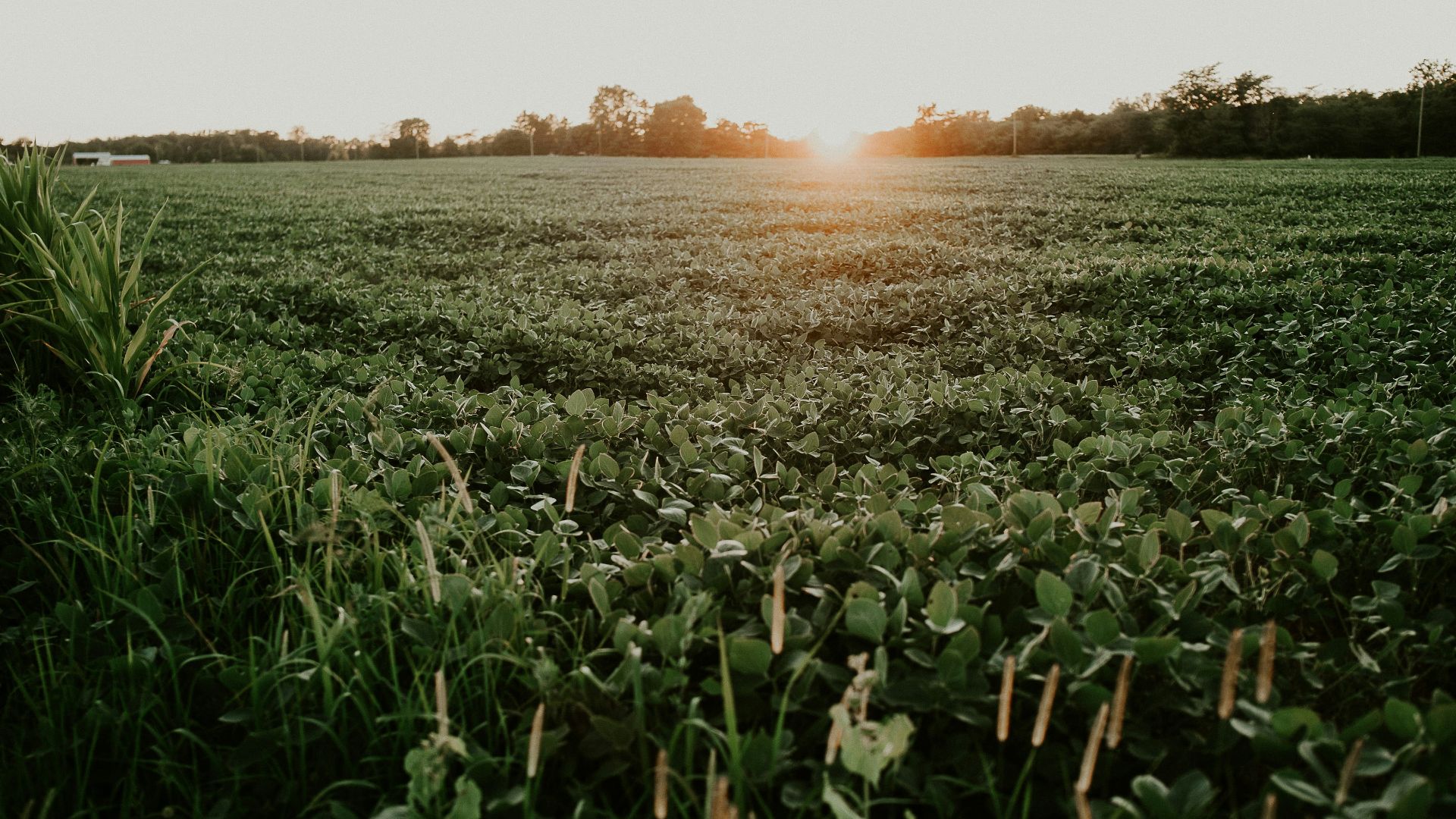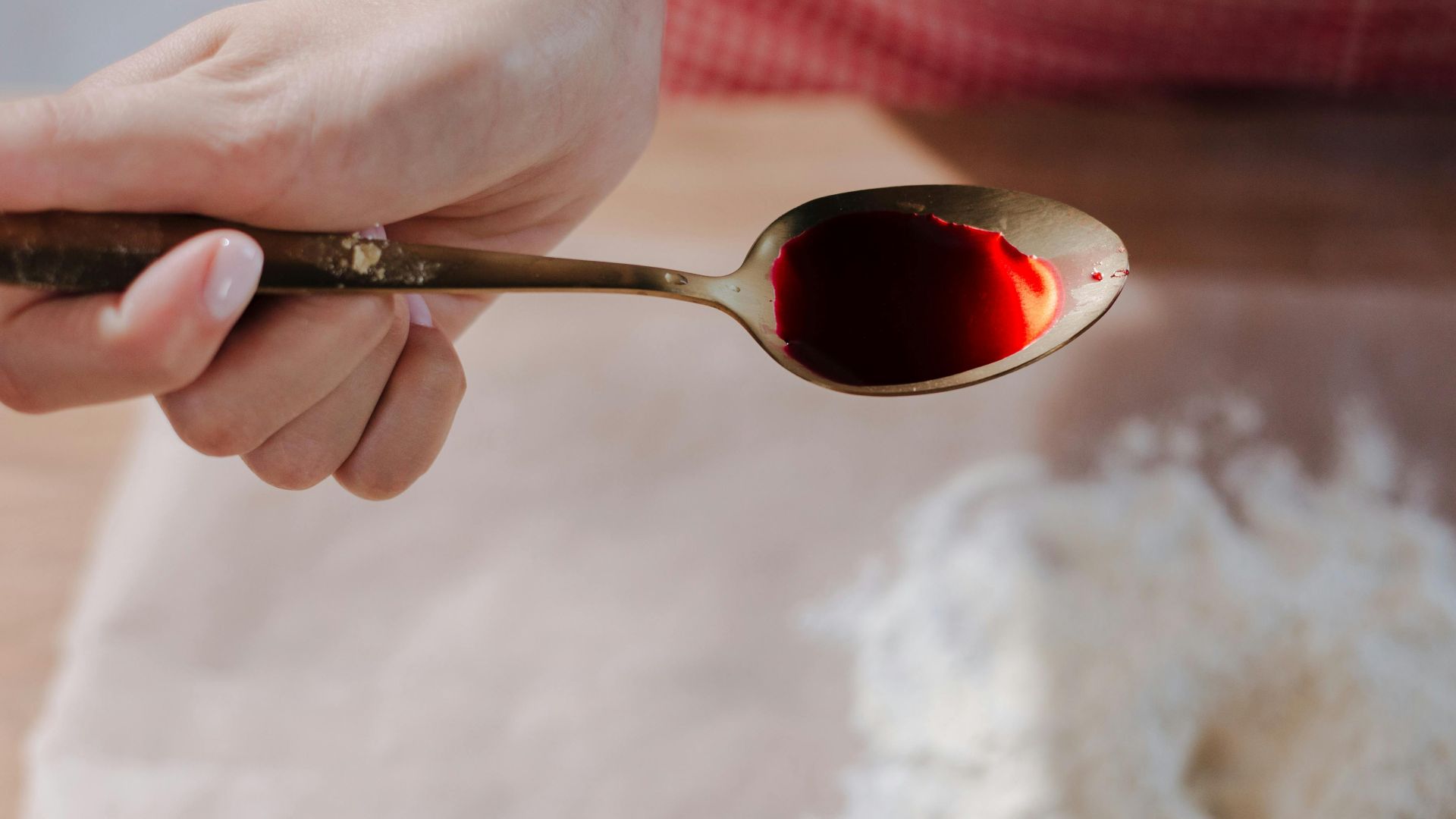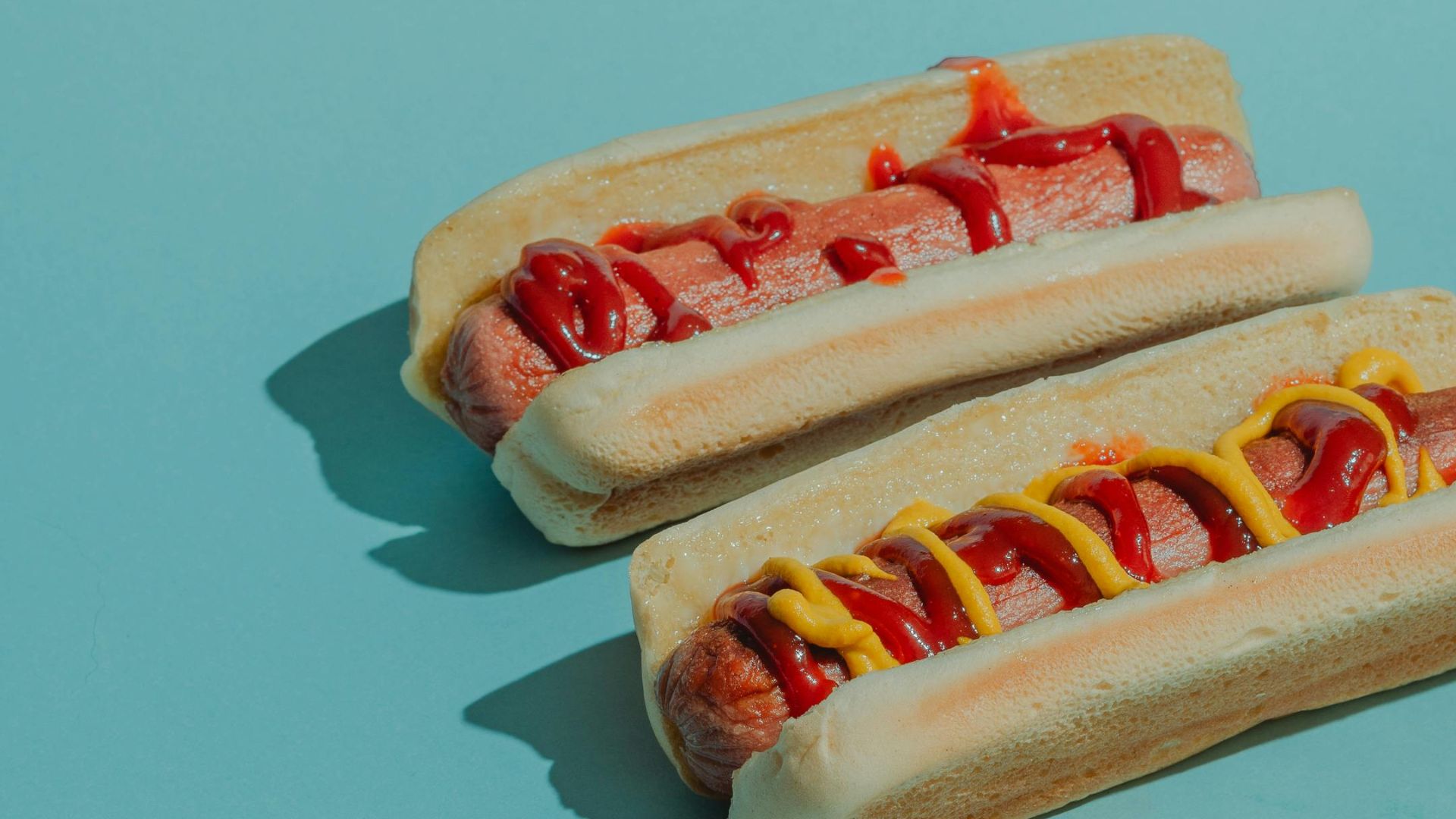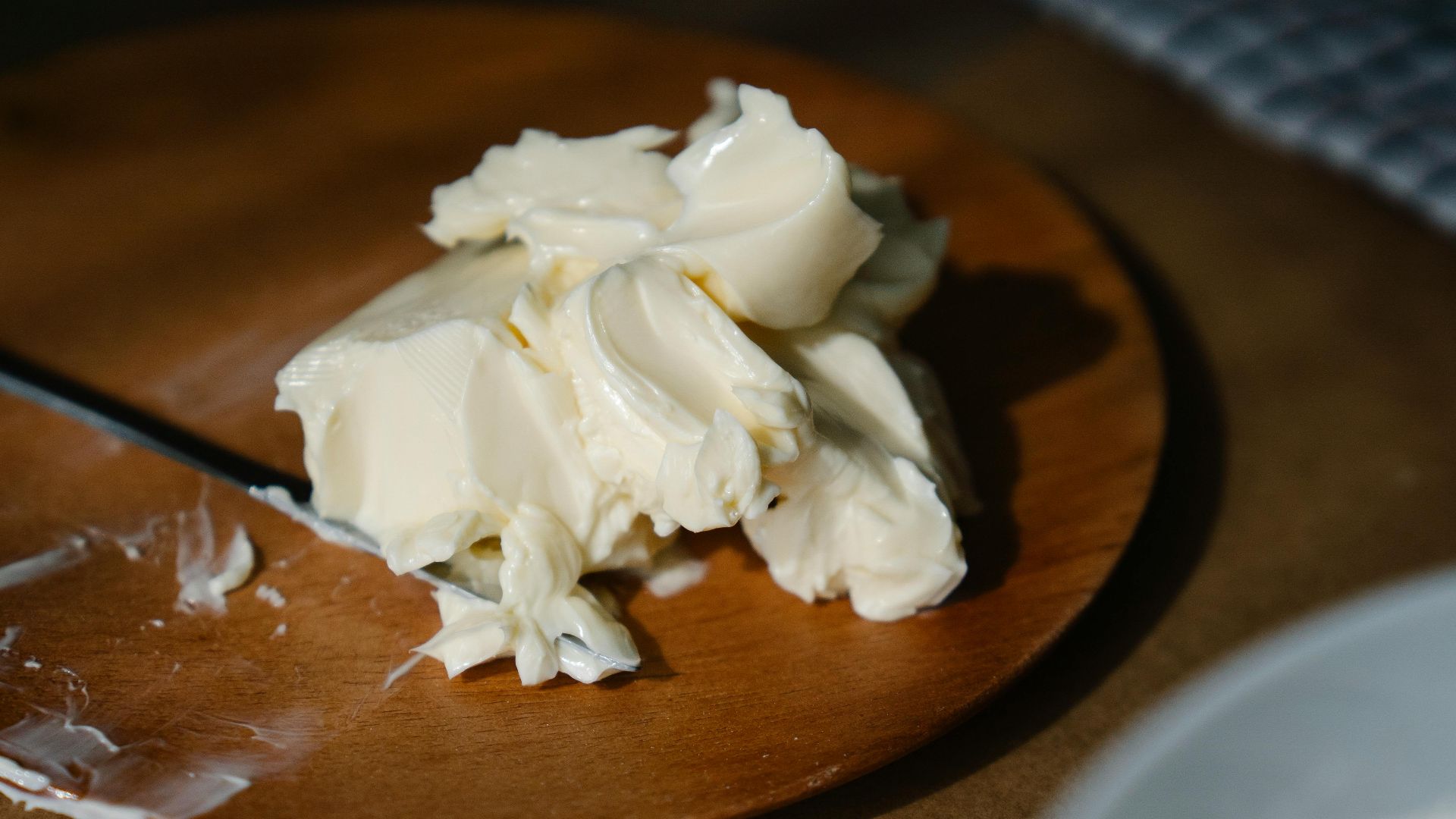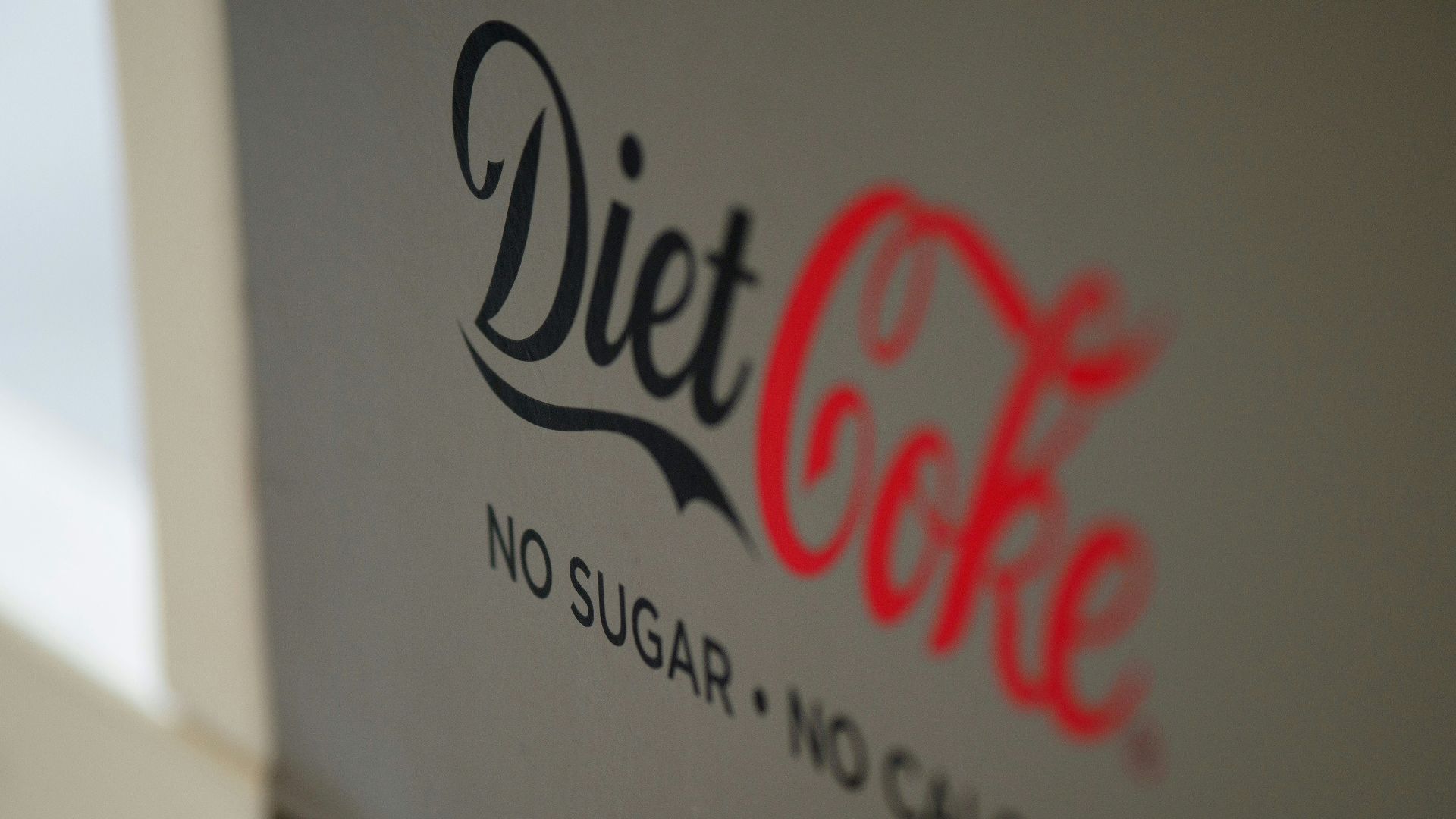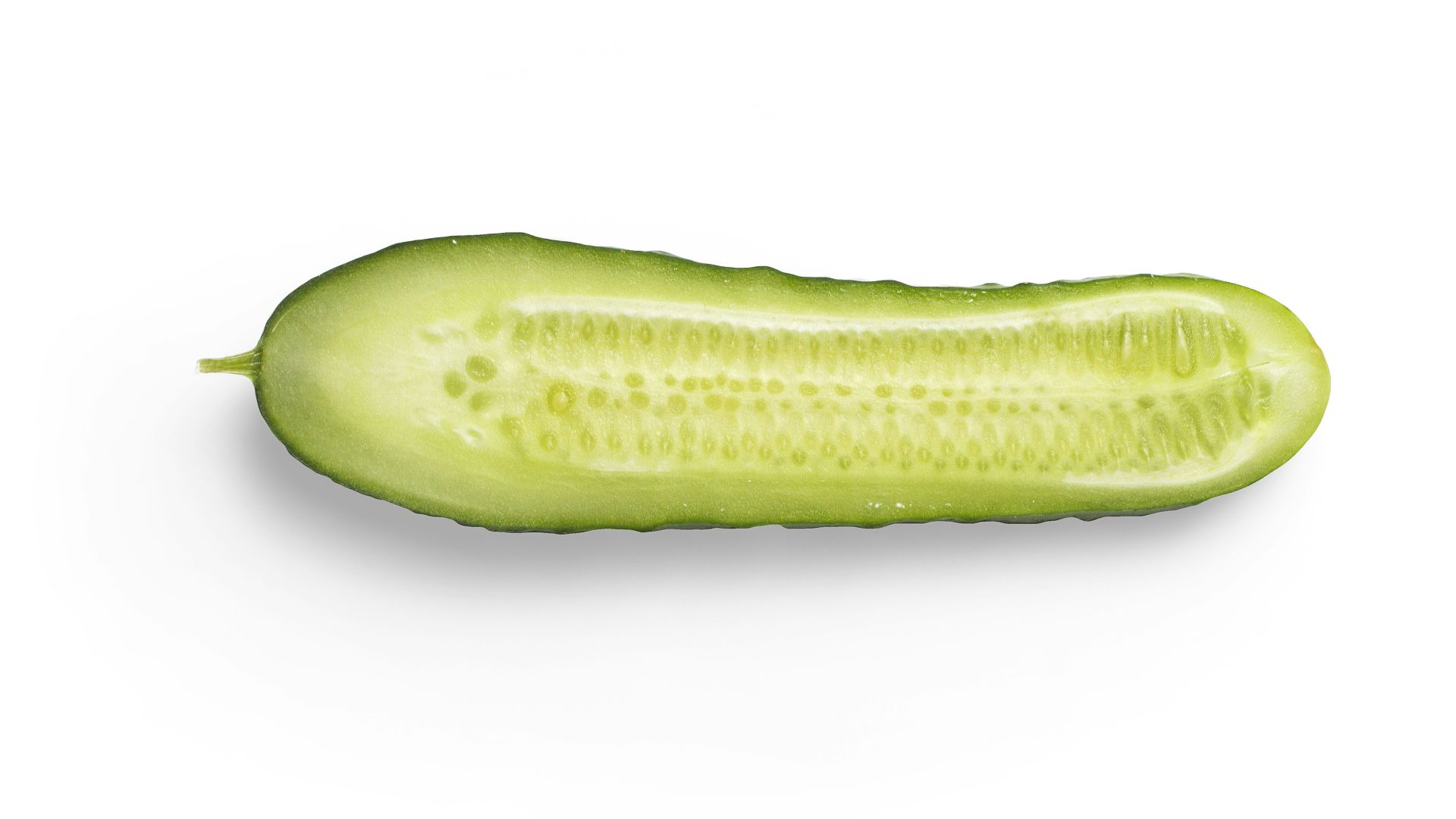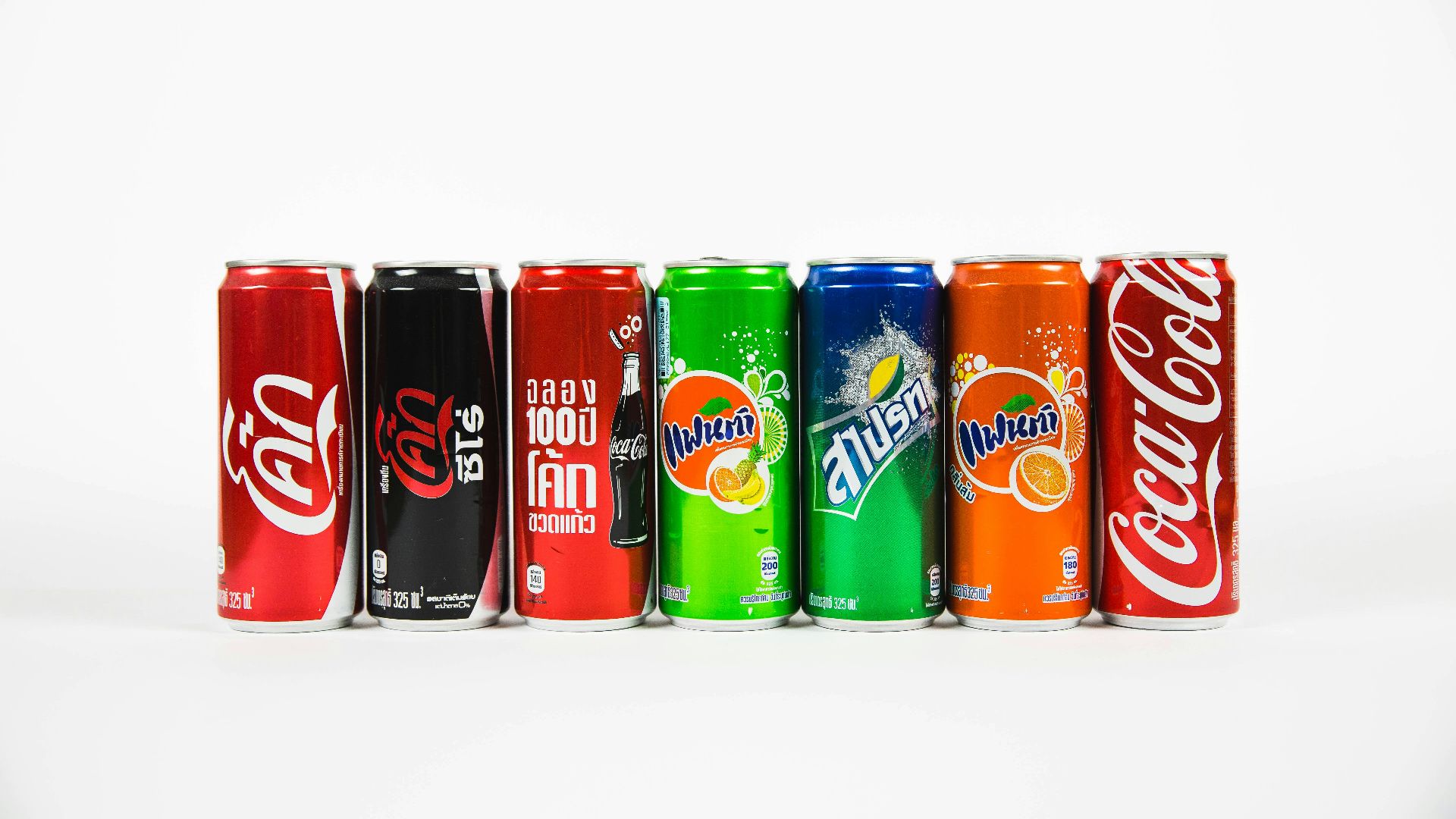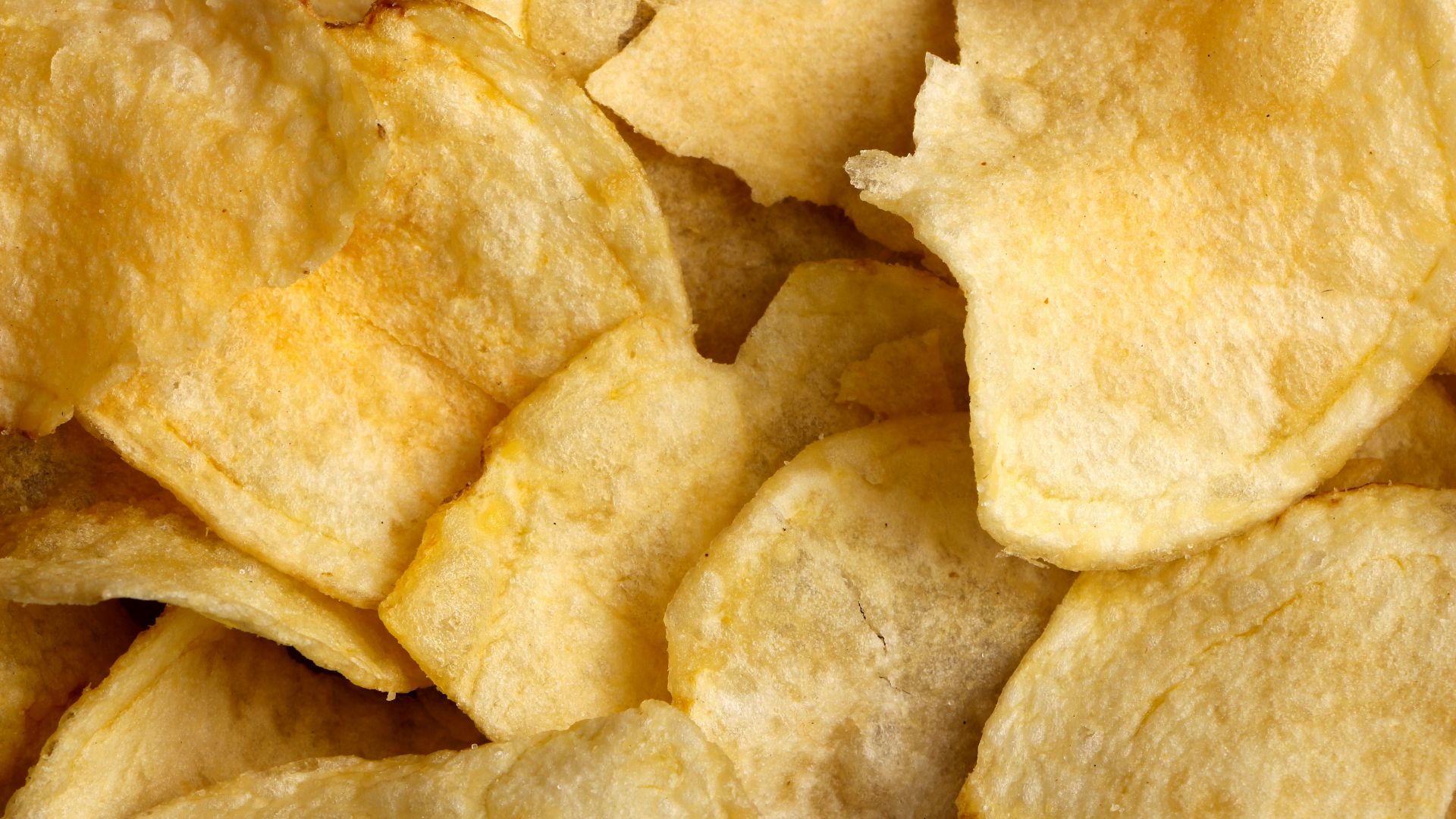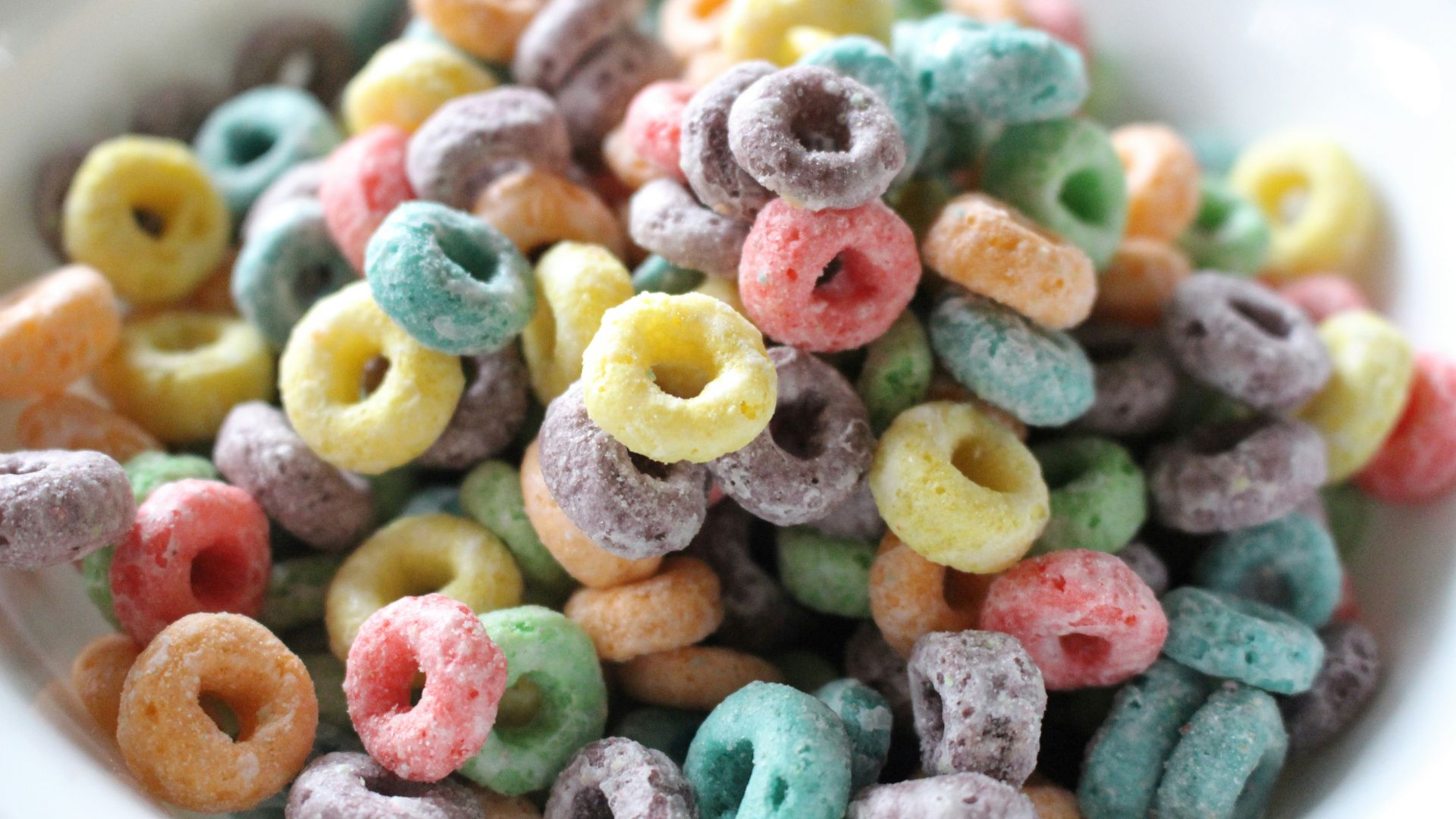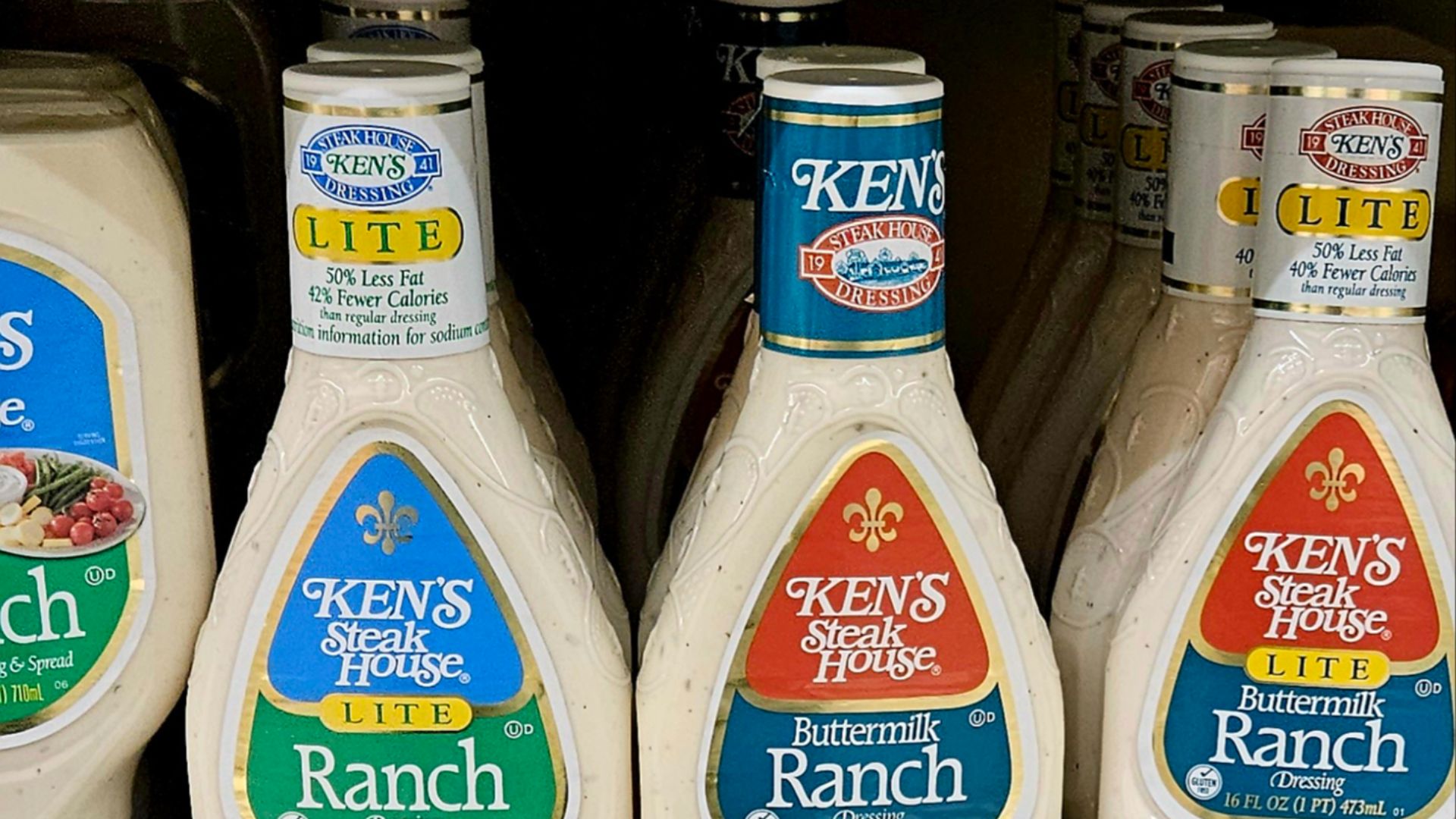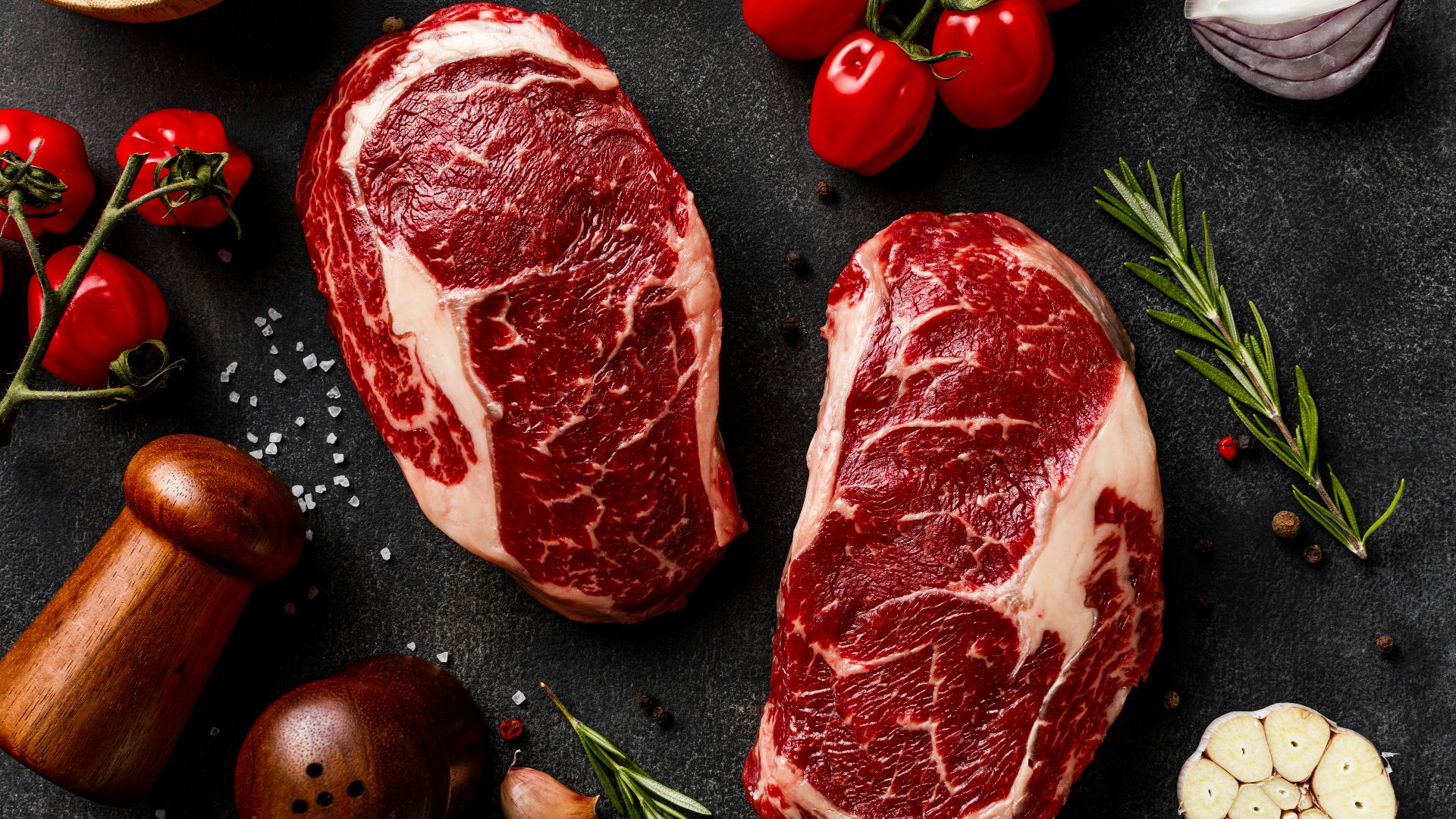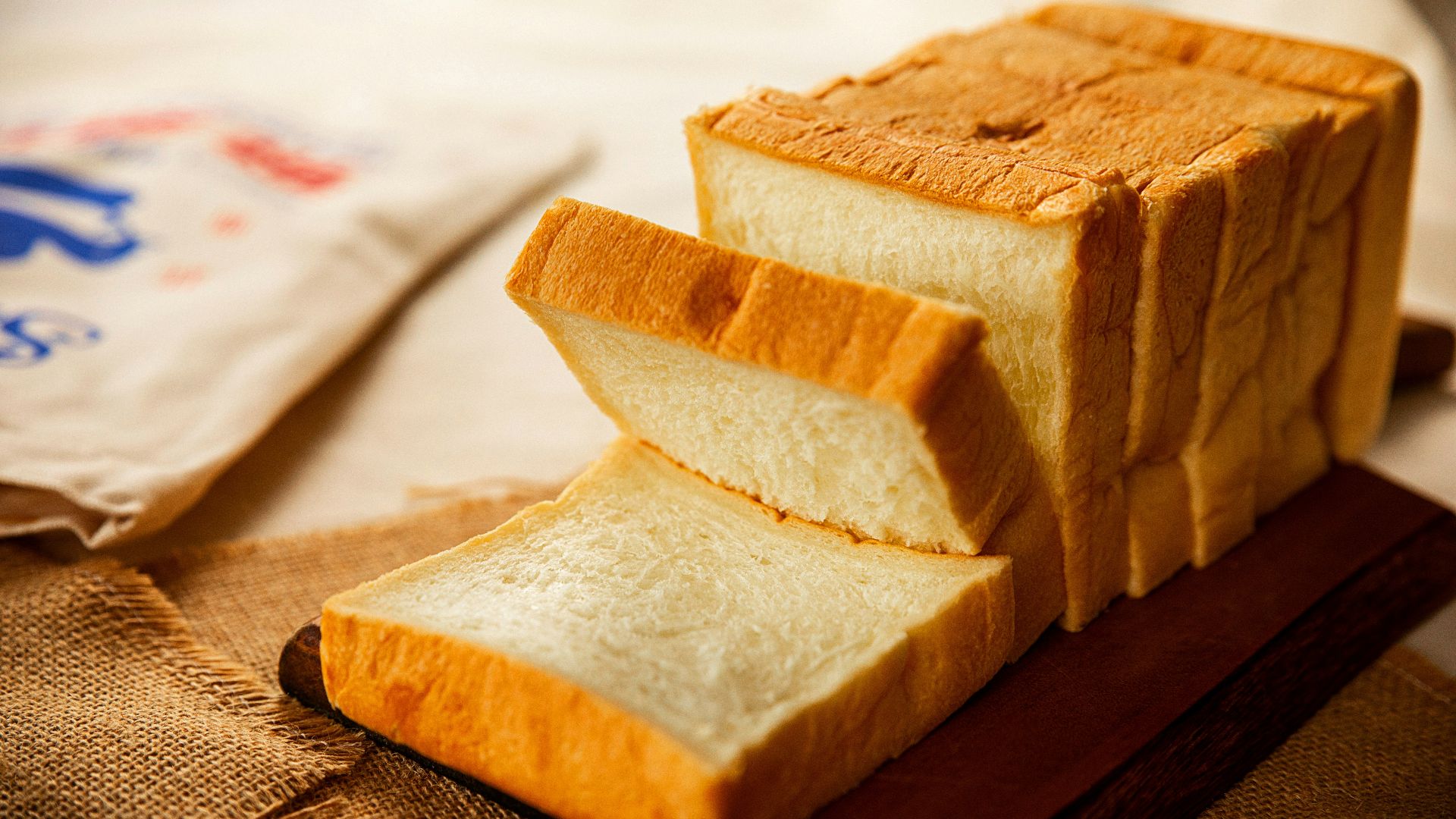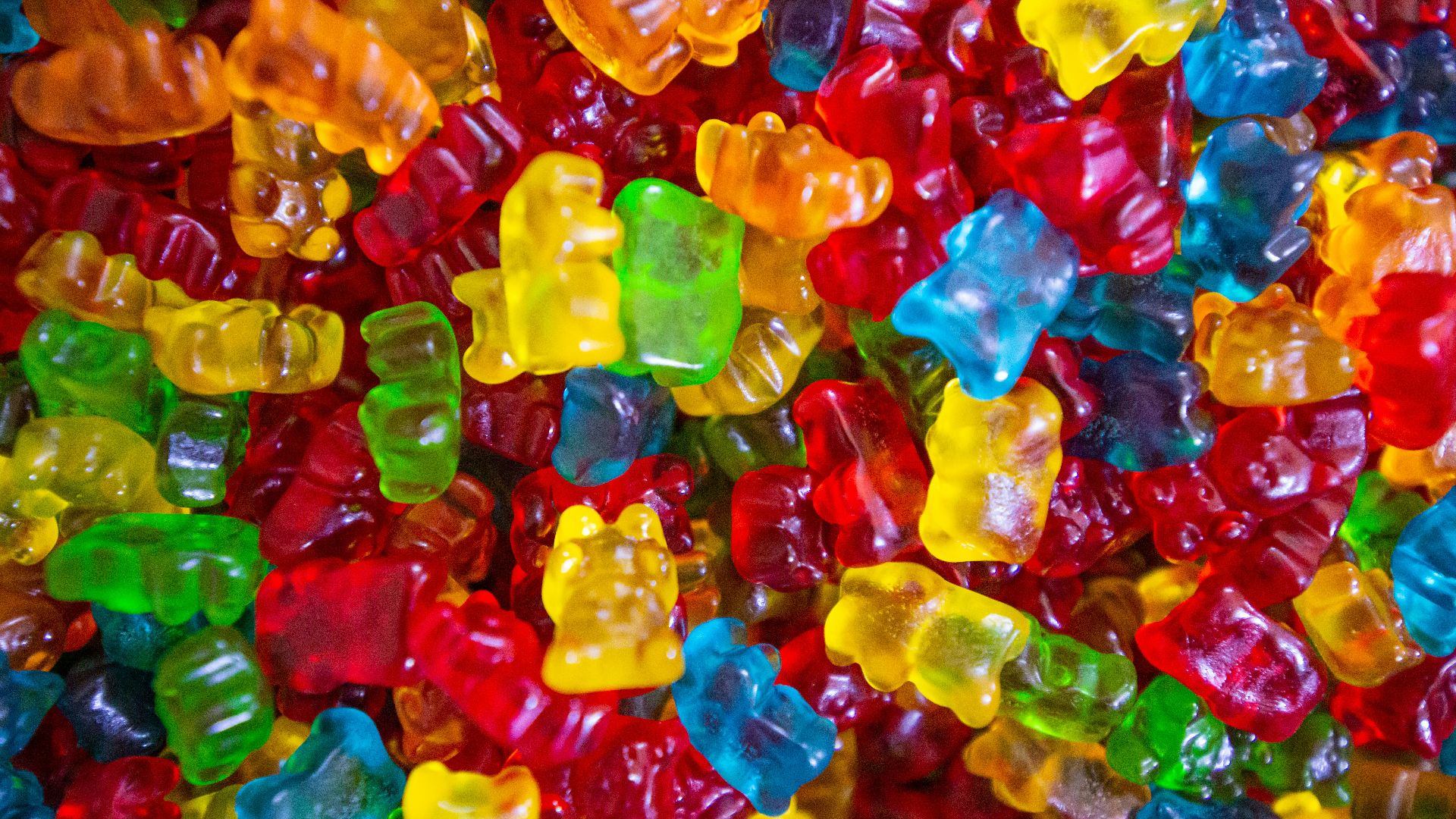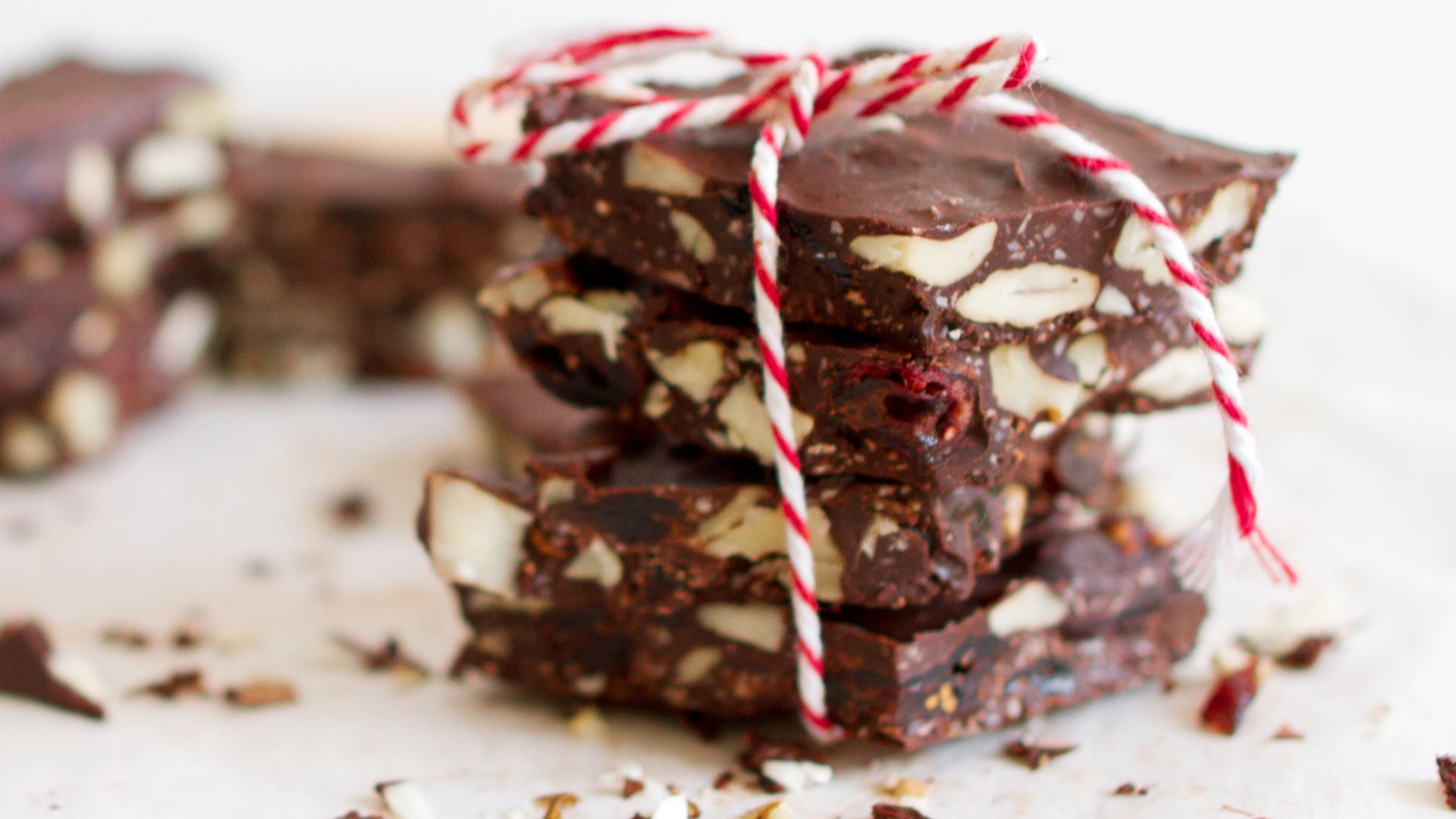20 Environmentally Damaging Ingredients You Should Be Boycotting
Trying To Eat More Green?
When it comes to eating sustainably, it's not just about what's on your plate, but what's hidden in it. Many everyday food products, like packaged snacks and even plant-based meat alternatives, contain ingredients that have a heavy toll on the environment, from contaminating aquatic ecosystems to contributing to deforestation. Here are 20 of the most environmentally-damaging food ingredients to be aware of.
1. Palm Oil
Palm oil is used in everything from pizza to chocolates and peanut butter. Not only is it unhealthy for our bodies, raising our levels of bad cholesterol, but it's also terrible for the environment. The production of it necessitates the clearing of vast tropical lands, destroying habitats, and contributing heavily to deforestation.
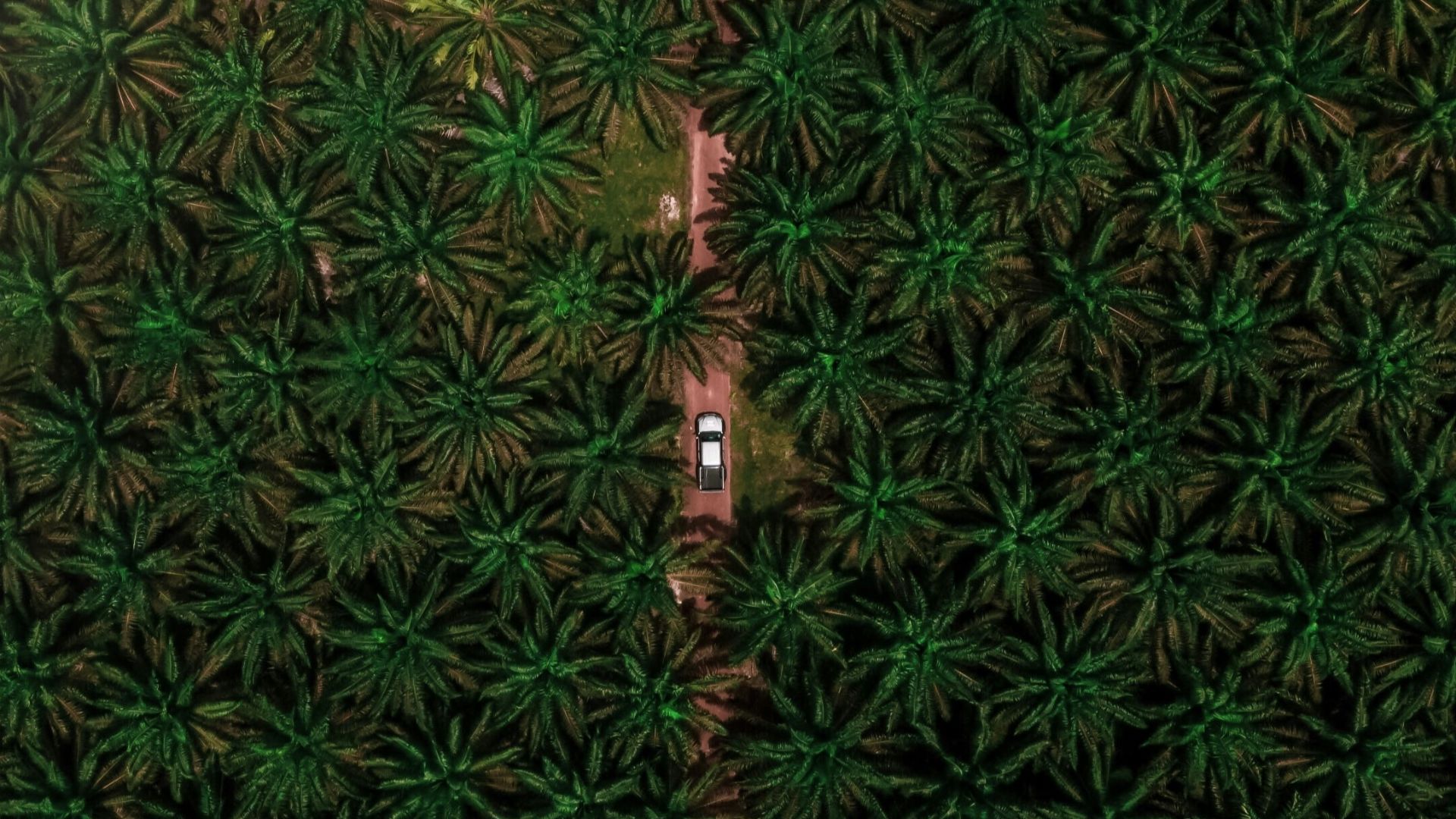 Nazarizal Mohammad on Unsplash
Nazarizal Mohammad on Unsplash
2. High-Fructose Corn Syrup
High-fructose corn syrup is a sweetener derived from corn starch commonly used in packaged sweets, condiments, and soda. Its production relies heavily on monoculture farming, which depletes soil nutrients and leads to deforestation.
3. Soy
While soy makes the base for many vegan products like tofu and soy milk, it isn't without its footprint. Soy is a huge contributor to deforestation, especially in the Amazon Rainforest, where huge swathes of land are cleared for its production.
4. Carrageenan
Carrageenan is a common thickener and stabilizer in dairy, dessert, and meat products that's derived from a type of seaweed. While carrageenan itself isn't inherently bad for the environment, the methods used to cultivate it can be, especially if it's chemically extracted, damaging the marine environment.
 Manivasagam Karunakaran on Unsplash
Manivasagam Karunakaran on Unsplash
5. Titanium Dioxide
Titanium dioxide is used in candies, frosting, and coffee creamers to make them more white. It's derived from titanium ores, the processing of which causes deforestation and releases heavy metals into the atmosphere.
6. Artificial Food Dyes
Artificial food dyes, which are added to food products to make them more visually appealing, are derived from non-biodegradable petroleum. During manufacturing, up to 15 percent of dyes are released into the environment, contaminating freshwater sources.
7. Sodium Nitrate
Sodium nitrate, a common preservative used in processed meats, is not only a carcinogen, but it also damages the environment. When it's released into bodies of water, it acts as a nutrient pollutant and overstimulates the production of algae and phytoplankton, leading to oxygen depletion that kills other aquatic life.
8. Hydrogenated Oils
Hydrogenated oils are liquid oils converted into solid forms like margarine and shortening. Growing the crops used for these types of oils requires clearing large portions of land and heavy pesticide use, contributing to habitat destruction. The hydrogenation process creates industrial trans fats, posing health risks.
9. Aspartame
Aspartame is a low-calorie artificial sweetener used in diet sodas and sugar-free products. It's a synthesis of two amino acids chemically bound together. When it contaminates the water, it's been linked to the disruption of soil ecosystems and poses risks to aquatic life.
10. Sucralose
Sucralose is an artificial, calorie-free sweetener made from chemically altered table sugar. It's impossible to break down through treatments and gets released into wastewater, contaminating aquatic ecosystems and soil.
11. Sodium Benzoate
Sodium benzoate is a common preservative used in products like fruit juices, sauces, and pickles. When it reacts with vitamin C, it forms a dangerous chemical carcinogen. At high concentrations, it can harm marine ecosystems and damage water quality.
12. Brominated Vegetable Oil
Brominated vegetable oil (BVO) is primarily used as a stabilizer in certain soft drinks. Vegetable oil crops tend to be particularly harmful to the environment, contributing to deforestation, and the consumption of BVO has been linked to health problems.
13. Butylated Hydroxyanisole
Butylated hydroxyanisole is a synthetic antioxidant used as a preservative in foods like cereals and potato chips. In addition to being a possible carcinogen in humans, it has toxic effects on aquatic ecosystems.
14. Butylated Hydroxytoluene
Butylated hydroxytoluene is similar to Butylated Hydroxyanisole, used for many of the same purposes but in a crystalline format instead of a waxy solid. The most widely used synthetic antioxidants pose significant risks to aquatic life.
15. Propylene Glycol
Propylene glycol is a preservative used in processed products like salad dressings. It's derived from petroleum, which has a significant fossil fuel impact.
16. Polysorbate 80
Polysorbate 80 is an emulsifier and stabilizer commonly found in creamy foods like ice cream, mayonnaise, and spreads. It's derived from petroleum and is non-biodegradable.
17. Beef
Beef is one of the most environmentally damaging foods due to the heavy deforestation of cattle grazing. Cows also release massive amounts of methane gas into the atmosphere and consume more land, water, and feed than any other protein source.
18. Gelatin
Gelatin is a protein derived from animal collagen used as a gelling and thickening agent in candies and other desserts. Its environmental harm comes from its connection with livestock farming, which is a huge contributor to greenhouse gas emissions and deforestation.
19. Caseinates
Caseinates are used as food additives in products like ice cream and bread. The environmental concern surrounding them is mainly due to their link to dairy farming, which is a heavy contributor to greenhouse gas emissions.
20. Gum Arabic
Gum Arabic is a food stabilizer used in soft drinks and candy. It's derived from the sap of Acacia trees. The environmental issues surrounding it stem from unsustainable over-tapping practices, which degrade the ecosystem and contribute to desertification.
KEEP ON READING

How Microwaves Could Be Ruining Your Food

The Secret to Perfect Eggs Every Time

Is This Ancient Grain The Next Big Superfood?

The Protein Obsession: Is It Actually Healthy?




